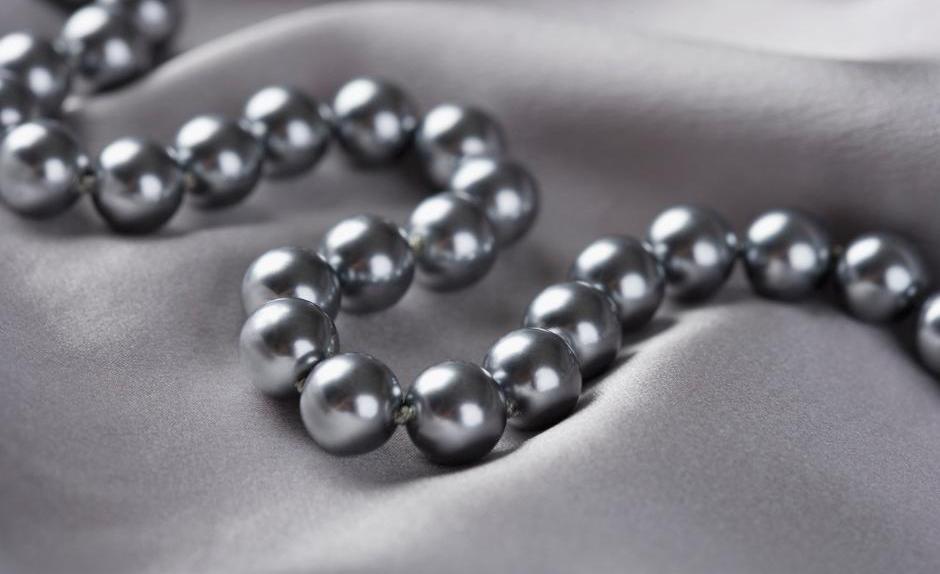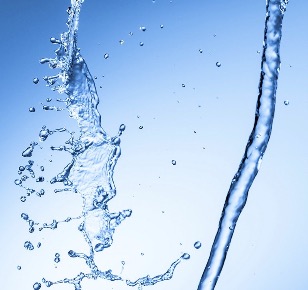
Pearl-String technology removes and recycles harmful heavy metal ions
Heavy metal ion removal from contaminated water
Textile industrial processes can result in contaminants in the effluent stream such as Chromium, Cadmium, Copper, Nickel and Cobalt from metal-complex dyes, pigments and mordants and Mercury from auxiliaries. Current remediation techniques involve expensive and inefficient chemical precipitation and adsorption processes. Alternative treatments like ultrafiltration, reverse osmosis and ion exchange are time-consuming and have significant energy requirements.
Pearl-string technology
At the heart of pearl-string technology is a novel material that comprises a complex of polymers and surfactants (the pearl-string) that traps contaminant ions. This process is known as complexation and flocculation. Gravity settles the flocculants, separating the contaminants from the water. The flocculants can then be treated separately to recover the contaminants in a concentrated form. The constituent polymer can also then be recycled without a deterioration of its removal ability in the next cycle.
|
Table 1: Summary of dilute heavy metal treatment methods
|

